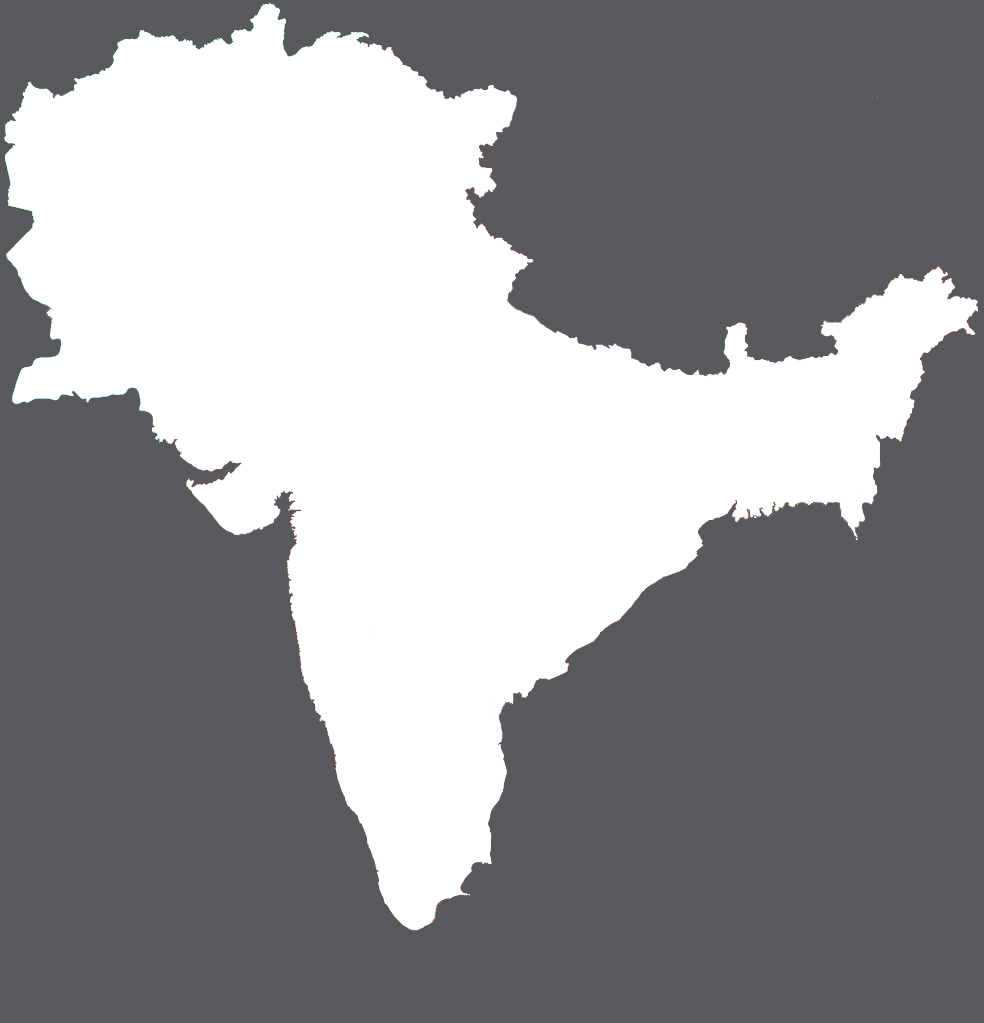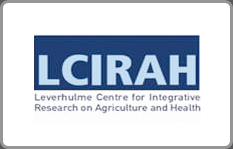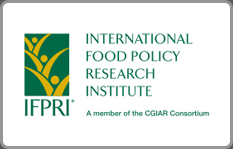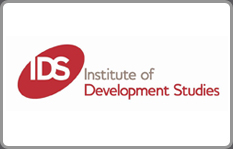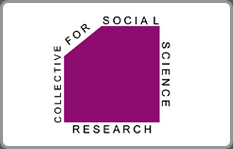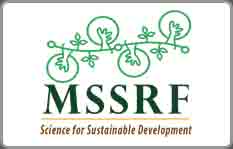Gender, Water, and Nutrition in India: An Intersectional Perspective
Despite the global recognition of women’s central role in the provision, management, and utilisation of water for production and domestic use, and despite the close links between production choices, the security of water for consumption, and gendered social relations, the implications of these interlinkages for health and nutrition are under-explored. This paper seeks to fill this gap. It unpacks the gendered pathways mediating the links between water security in all its dimensions and nutritional outcomes, based on research in 12 villages across two Indian states.
Introduction of Millets into the Public Distribution System: Lessons from Karnataka
The objective of this note is to examine issues that have arisen as a result of the introduction of millets into the public distribution system (PDS) in Karnataka. These include problems of production, procurement, storage, pricing, the supply–demand gap, and consumer preference.
SPECIAL ISSUE: LEVERAGING AGRICULTURE FOR NUTRITION IN SOUTH ASIA
Despite significant improvements over recent decades, rates of undernutrition remain high in South Asia, with adverse impacts on morbidity and mortality. Overweight/obesity, among children and adults, is now an additional and major public health concern. While agriculture has the potential to improve nutrition through several pathways, this potential is currently not being realised in the region.

